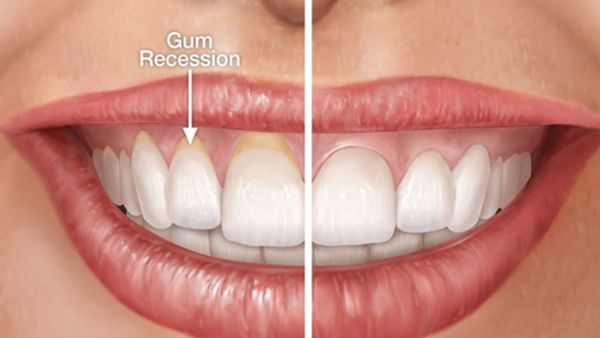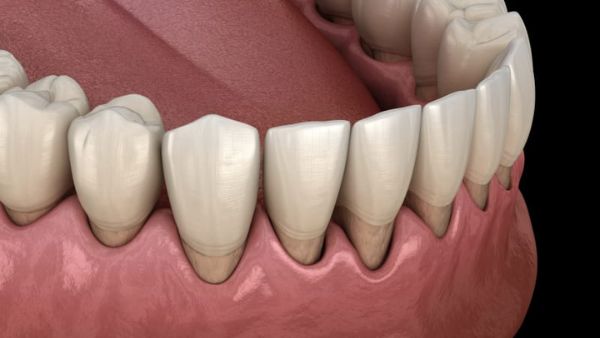Just In
- 1 hr ago

- 2 hrs ago

- 5 hrs ago

- 12 hrs ago

Don't Miss
- Sports
 Who Won Yesterday's IPL Match 34? LSG vs CSK, IPL 2024 on April 19: KL Rahul Stellar Batting Show Decimate Chennai Bowling
Who Won Yesterday's IPL Match 34? LSG vs CSK, IPL 2024 on April 19: KL Rahul Stellar Batting Show Decimate Chennai Bowling - Finance
 Rs 17/Share Dividend: Record Date On April 26; Buy The ICICI Group Stock To Be Eligible?
Rs 17/Share Dividend: Record Date On April 26; Buy The ICICI Group Stock To Be Eligible? - Movies
 Chief Detective 1958 Episode 2 OTT Release Date, Time, Platform: When & Where To Watch? What To Expect? DEETS
Chief Detective 1958 Episode 2 OTT Release Date, Time, Platform: When & Where To Watch? What To Expect? DEETS - News
 Chinese President Xi Jinping Orders Biggest Military Reorganisation Since 2015
Chinese President Xi Jinping Orders Biggest Military Reorganisation Since 2015 - Education
 Exam Pressure Does Not Exist; Studying Punctually is Crucial; Says Aditi, the PSEB 2024 Topper
Exam Pressure Does Not Exist; Studying Punctually is Crucial; Says Aditi, the PSEB 2024 Topper - Automobiles
 Suzuki Swift Hatchback Scores 4 Star Safety Rating At JNCAP – ADAS, New Engine & More
Suzuki Swift Hatchback Scores 4 Star Safety Rating At JNCAP – ADAS, New Engine & More - Technology
 Dell Introduces AI-Powered Laptops and Mobile Workstations for Enterprises in India
Dell Introduces AI-Powered Laptops and Mobile Workstations for Enterprises in India - Travel
 Journey From Delhi To Ooty: Top Transport Options And Attractions
Journey From Delhi To Ooty: Top Transport Options And Attractions
Expert Article: Receded Gums, Its Causes, Symptoms, Diagnosis And Treatment
Gingival (gums) recession is the scientific term for gum recession. It's a condition in which the gums gradually recede, exposing the sensitive parts of the tooth root, and causing pain.
The causes of gum recession are:
- Brushing your teeth incorrectly, such as horizontally or with too much force, does more harm than good.
- Plaque and tartar deposits irritate the gums, causing them to pull away from the teeth, resulting in periodontitis.
- Thin gum tissues.

- Teeth that are crooked and misaligned.
- Lips and gums have improper muscle attachments.
- Hormone fluctuations in women.
- Gum disease with a genetic predisposition.
- Diabetes.
- Tobacco chewing.
Symptoms of gum recession include:
Hypersensitivity
to
cold,
hot,
and
sour
beverages
or
foods
occurs
in
the
exposed
roots
of
the
teeth.
Bleeding
Gums:
The
gums
are
sore
and
bleed
often
after
brushing,
flossing
or
biting
something
hard.
The
teeth
appear
unsightly
because
the
gums
have
been
stripped
away
from
them.
Eventually,
the
teeth
become
loose
due
to
underlying
bone
loss.
Gum recession can be identified in a variety of ways:
Dr George K. Merijohn created an online gum recession tool based on research. It can be used both by dentists and patients (www.gumtest.com). It's a free, easy-to-use online tool with three main objectives:
- Through a series of image-based questions, assist a person in determining if he has gum recession.
- To familiarize you with the most common susceptibility factors and associated risk exposures of gum recession.
- To assist you in understanding how to go about treating gum recession.
- Although the tool cannot replace the services of a licensed dentist, it can assist you in better understanding your gum health.
The other ways to diagnose gum recession:
- Gum recession can be detected early with regular visits to your general dentist or a gum specialist (periodontist).
- X-rays.
- Evident symptoms of bleeding, sensitivity, and pain.

Treatment
There are two ways to treat receding gums:
Keeping the status quo:
- The brushing technique should be altered. Gum health is best achieved by brushing in an up-and-down motion with light strokes.
- Maintain a healthy mouth.
- Teeth scaling and polishing on a regular basis
- Oil pulling for 10 to 15 minutes a day helps to keep sticky tartar at bay.
- Rinse with warm salt water.
- Tobacco in any form should be avoided.
Your dentist will recommend the best treatment option for your specific situation. The following are some of the processes:
- Flap surgery involves raising the gum as a flap and cleaning the infection underneath. The flap is then repositioned to cover the exposed root surface of the tooth.
- Grafting: To increase the bulk of the gum tissues, flap surgery is performed and tissue graft material is placed.
- Laser surgery, also known as LANAP (Laser-Assisted New Attachment Procedure), uses a laser beam to clean debris from the infected tissue. The procedure results in minimal bleeding, almost no pain, and a quick recovery.
Conclusion
Gum recession is a common condition that affects people all over the world. It can, however, be corrected if detected early.


 Click it and Unblock the Notifications
Click it and Unblock the Notifications






